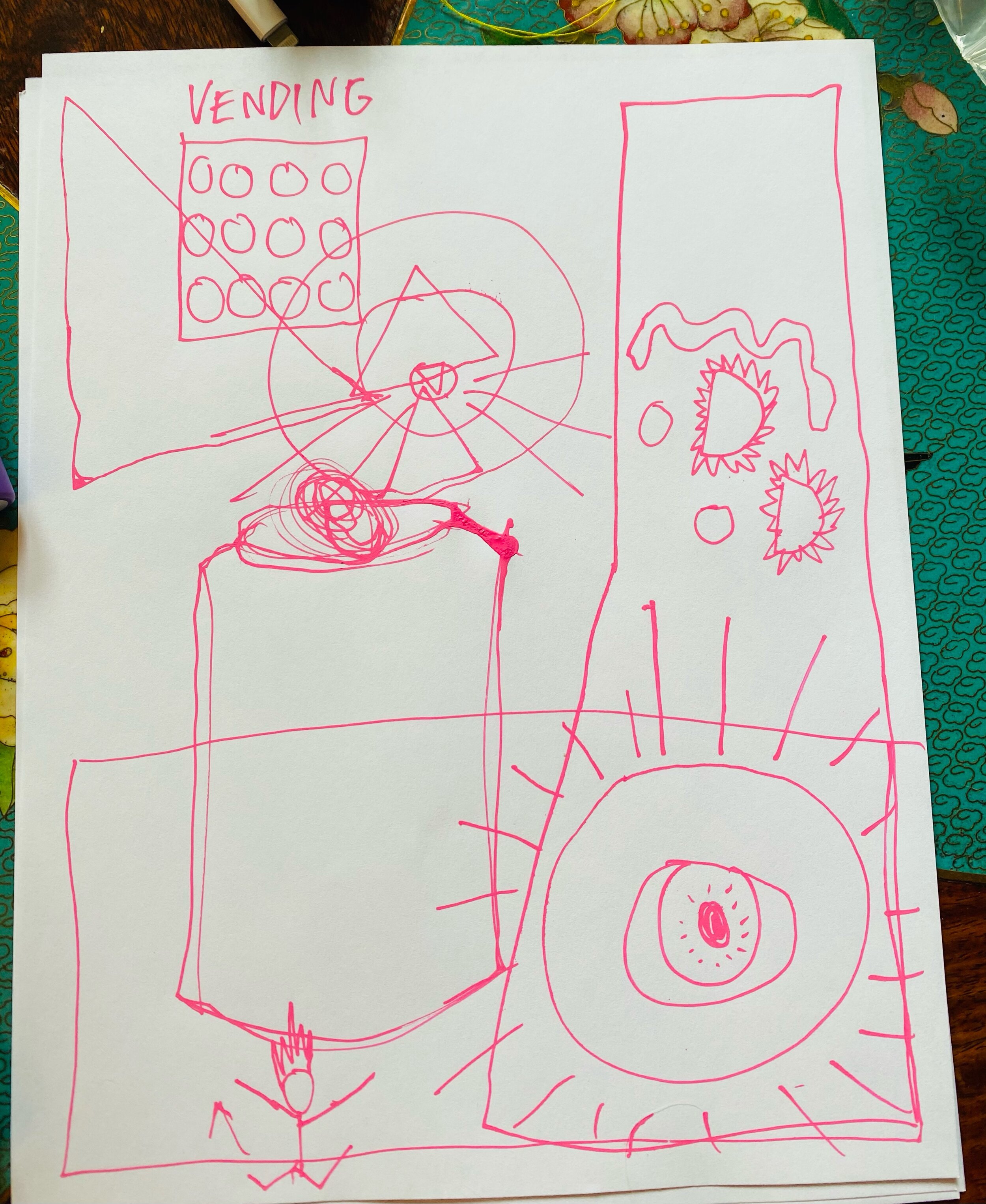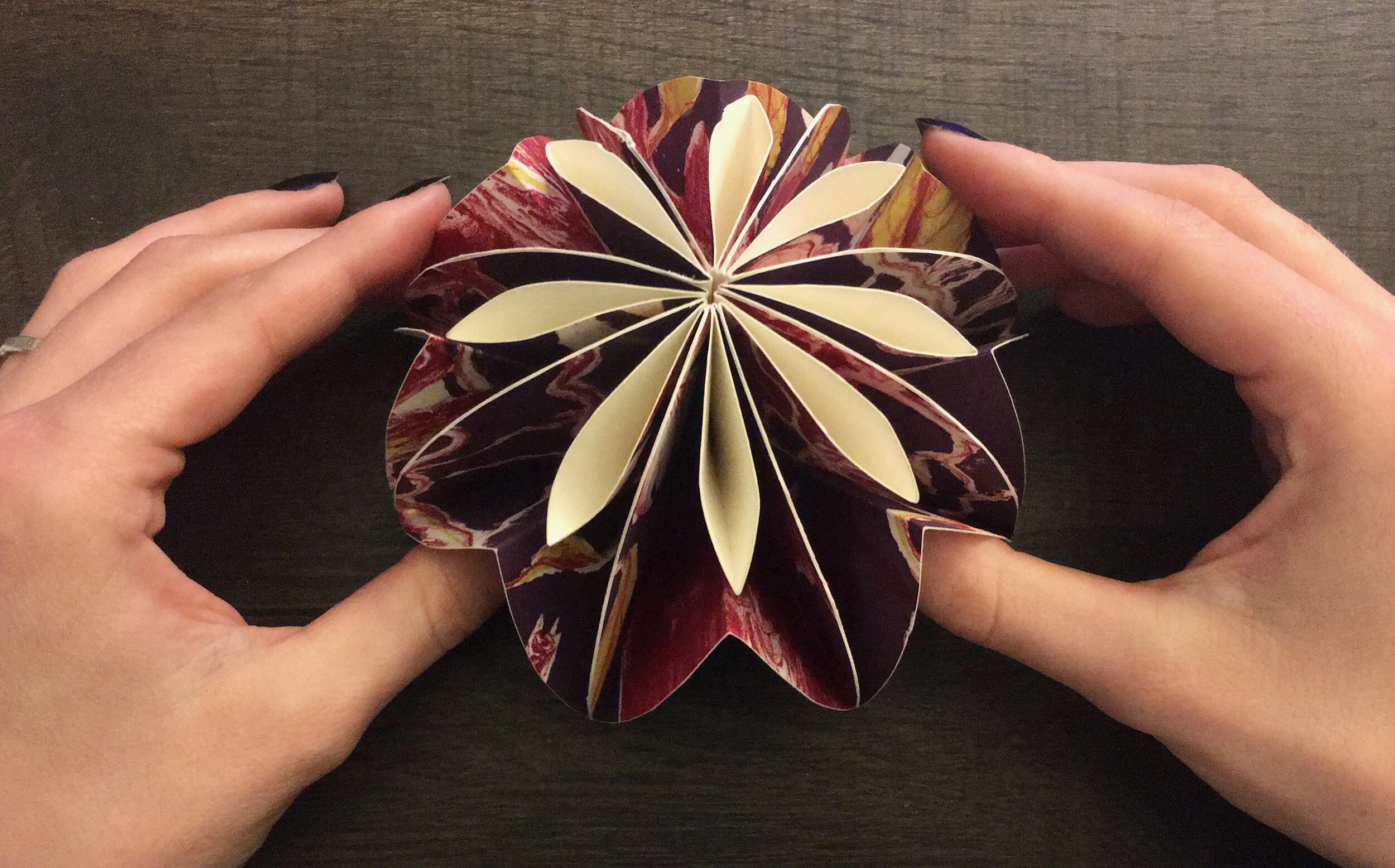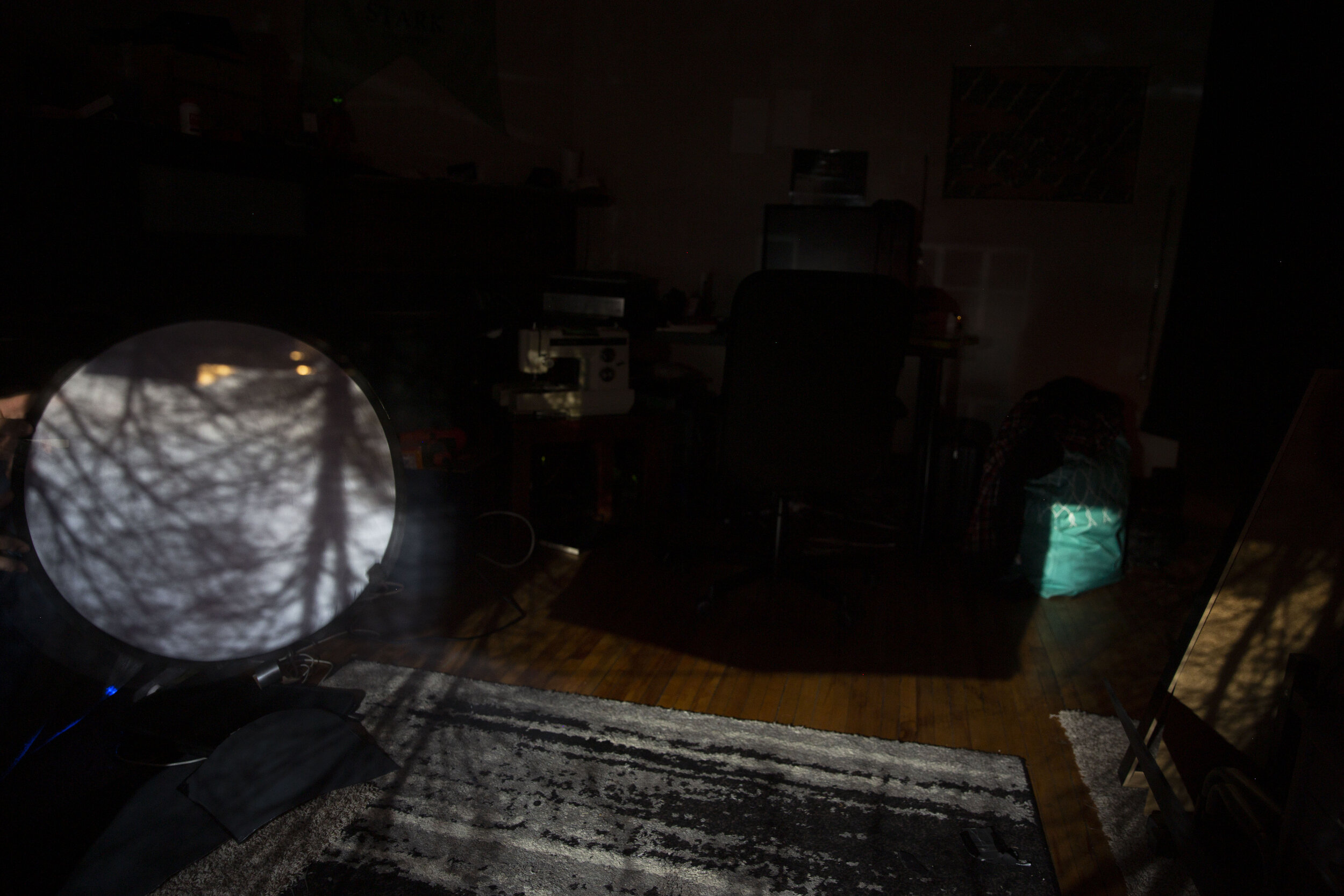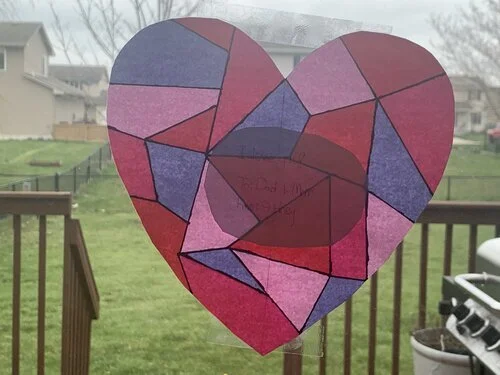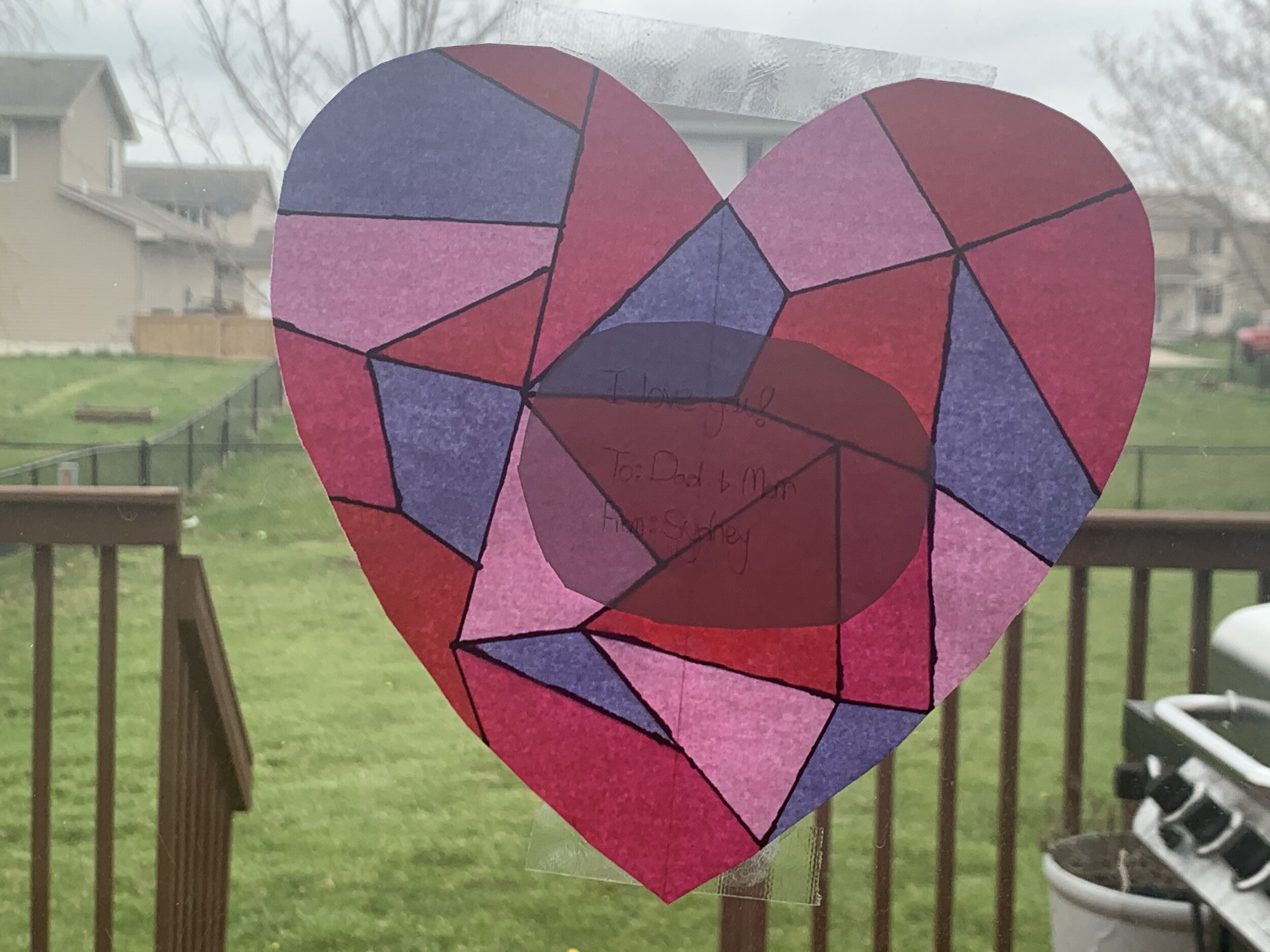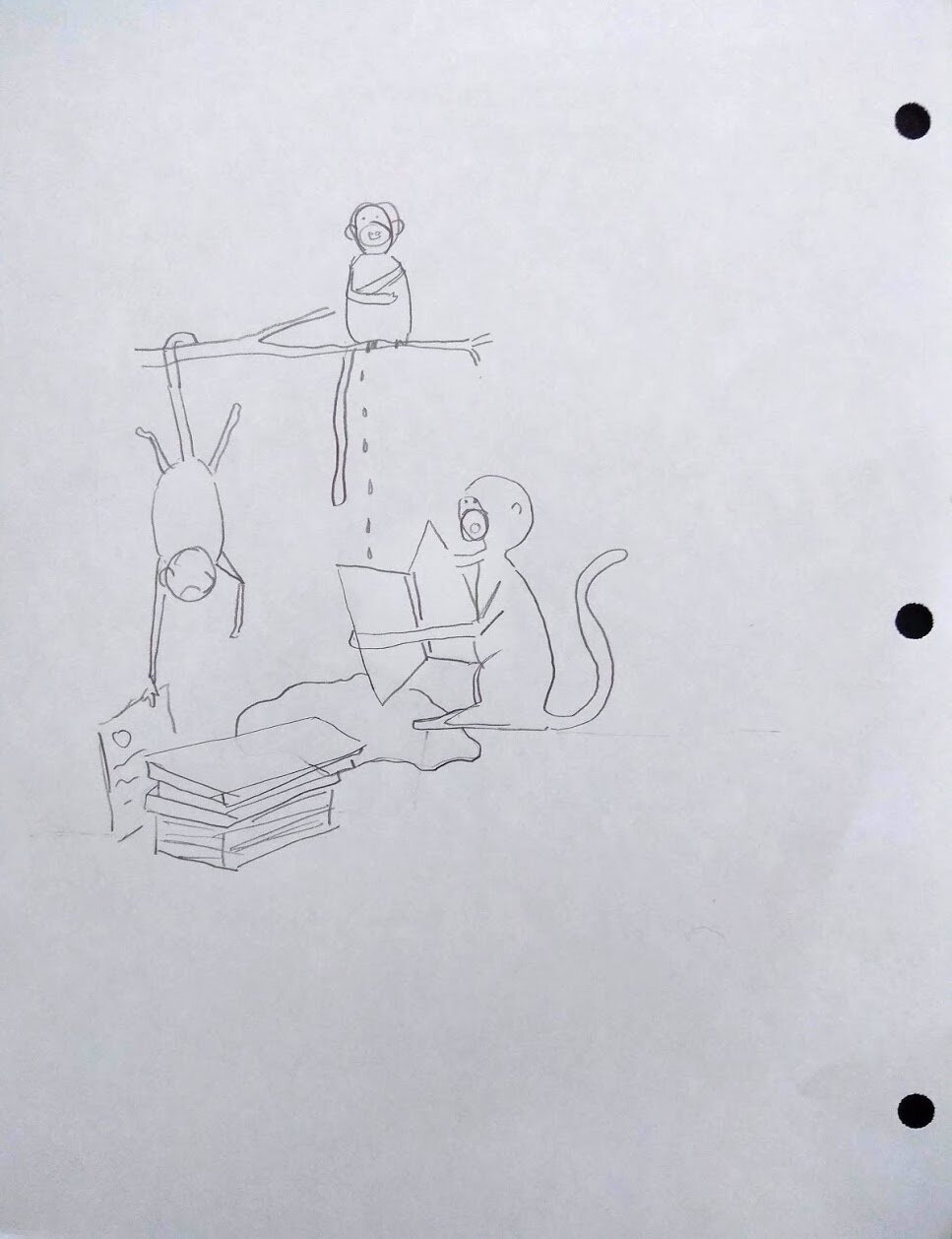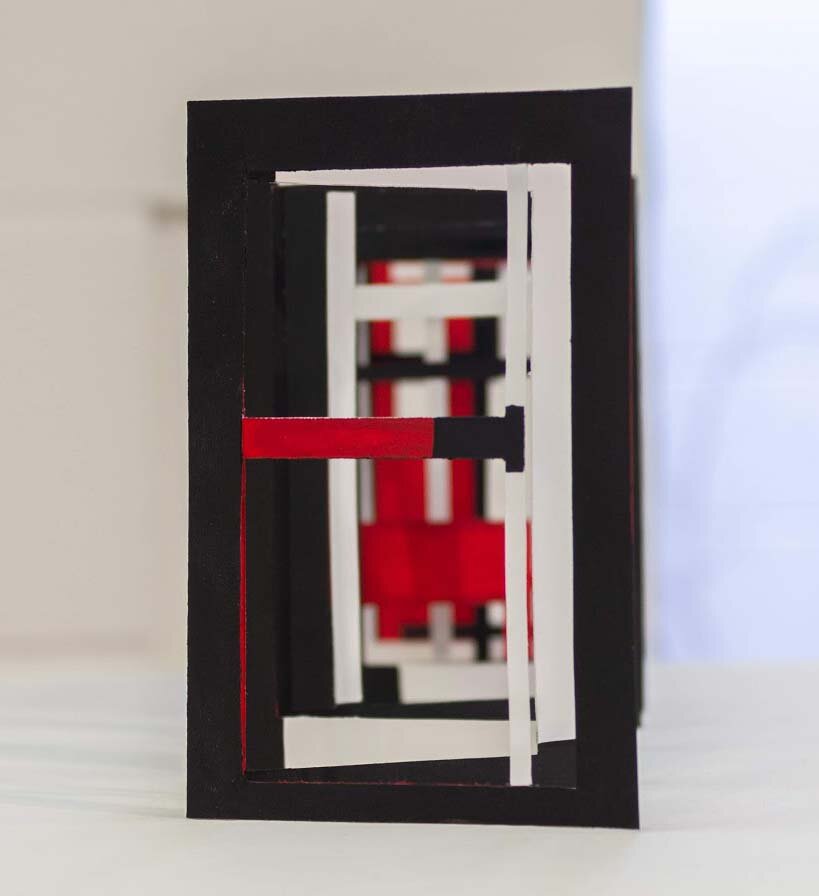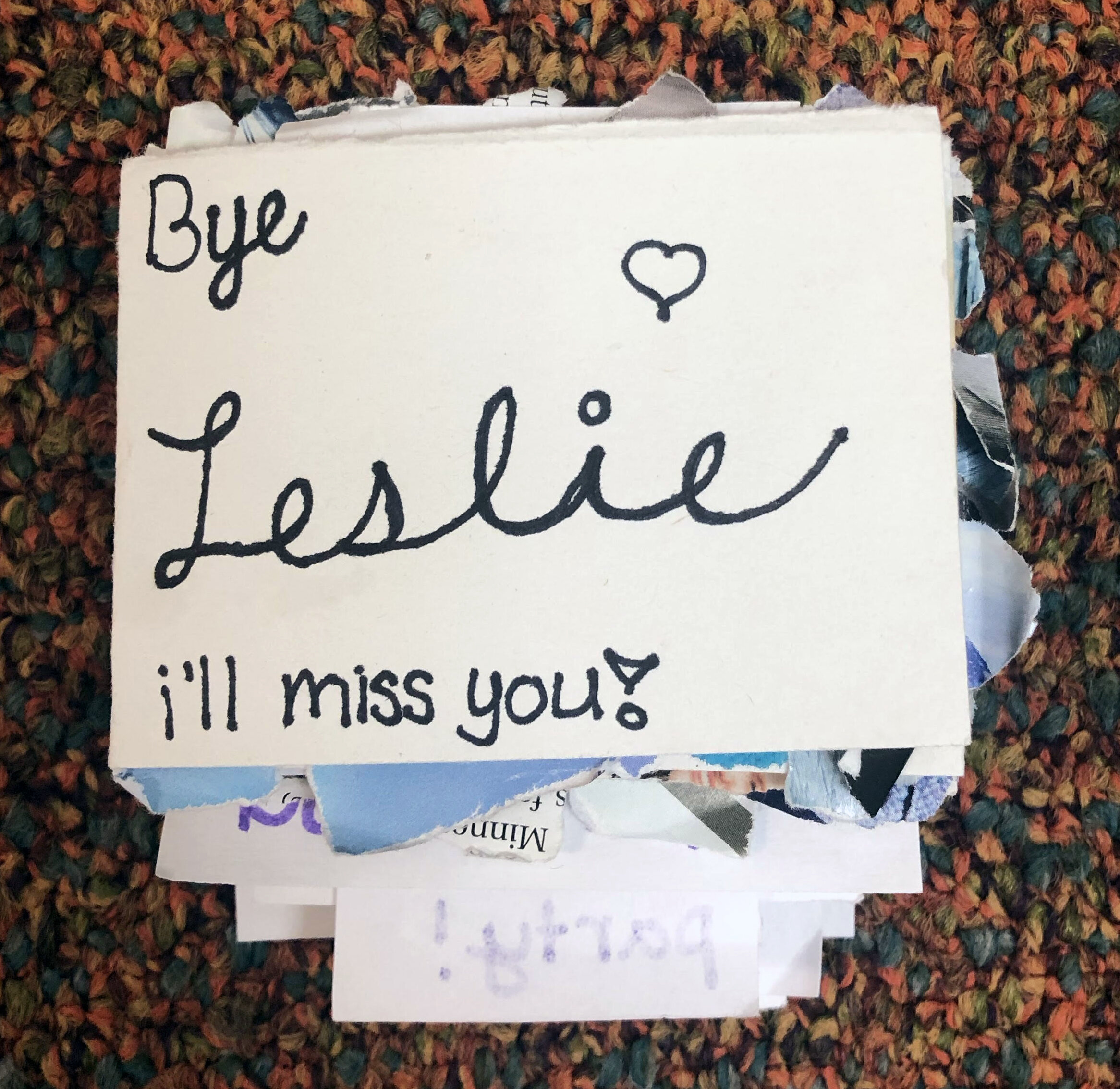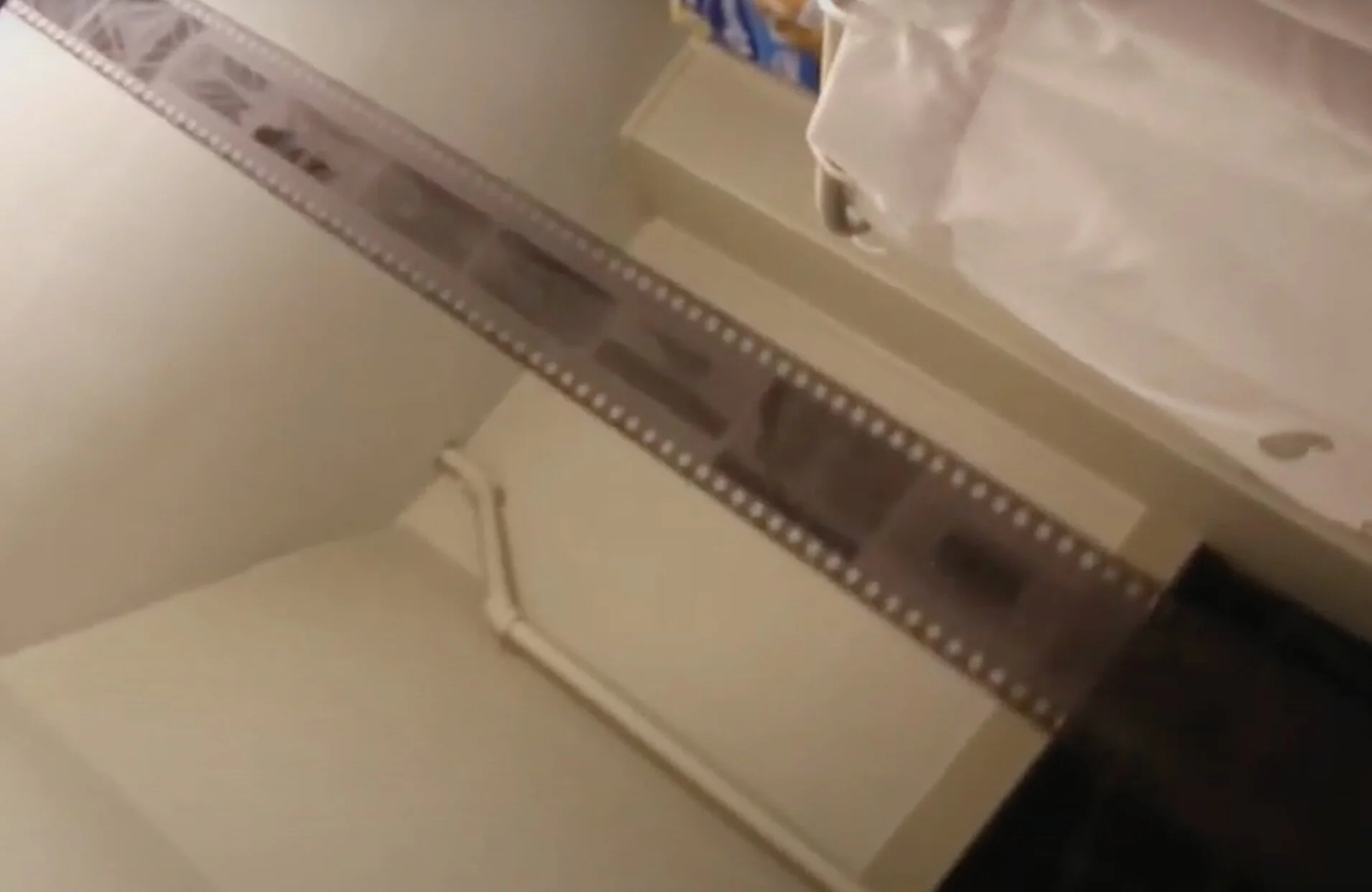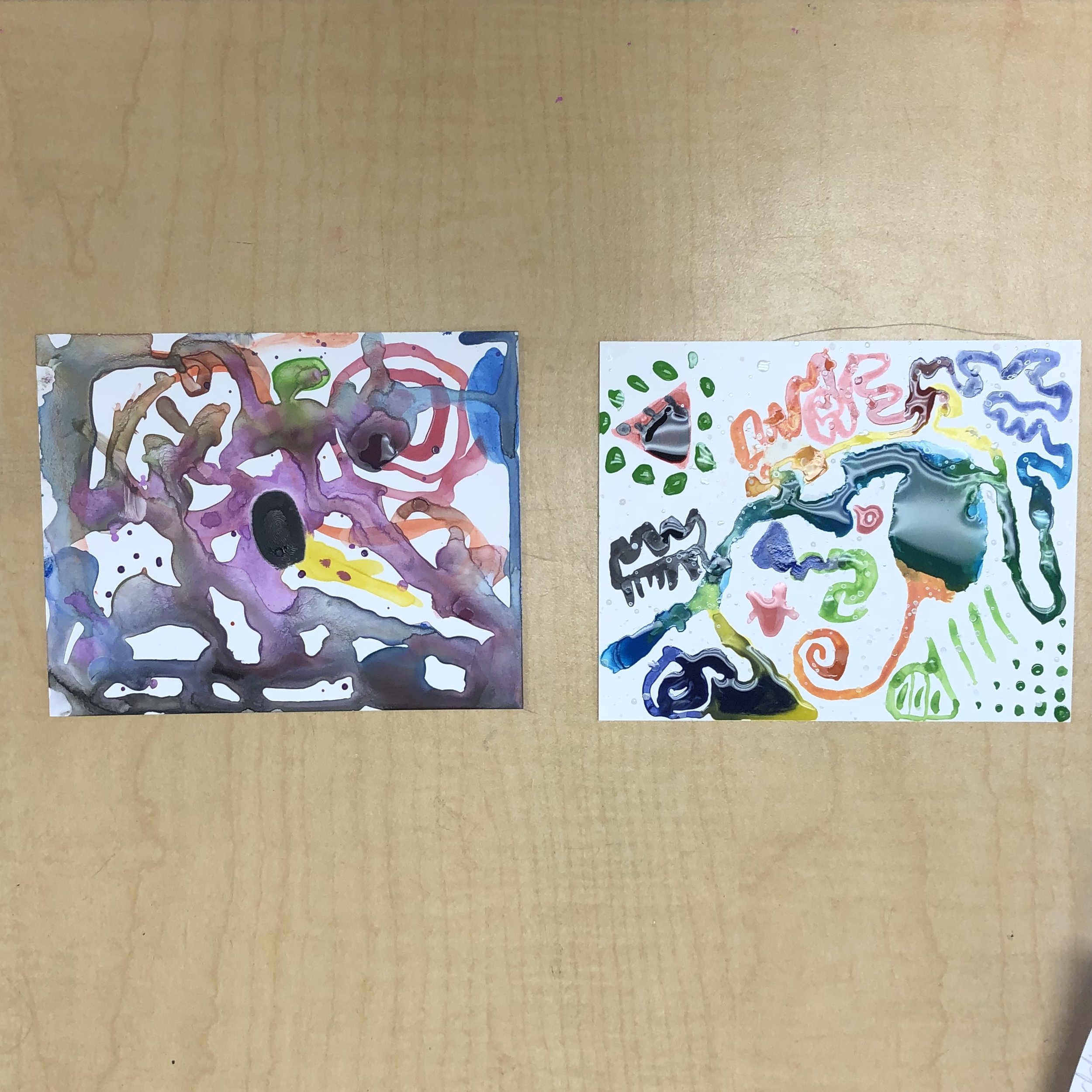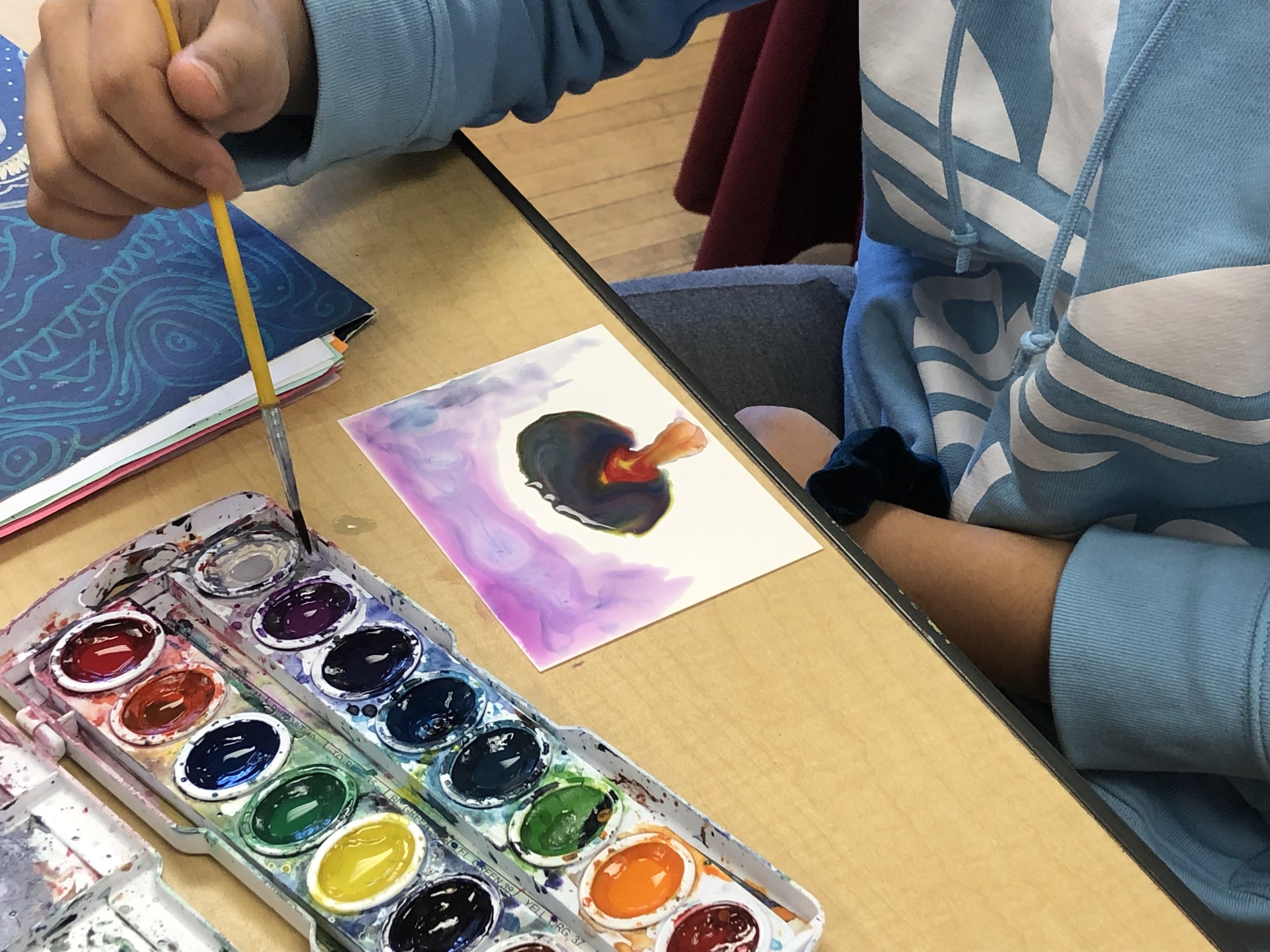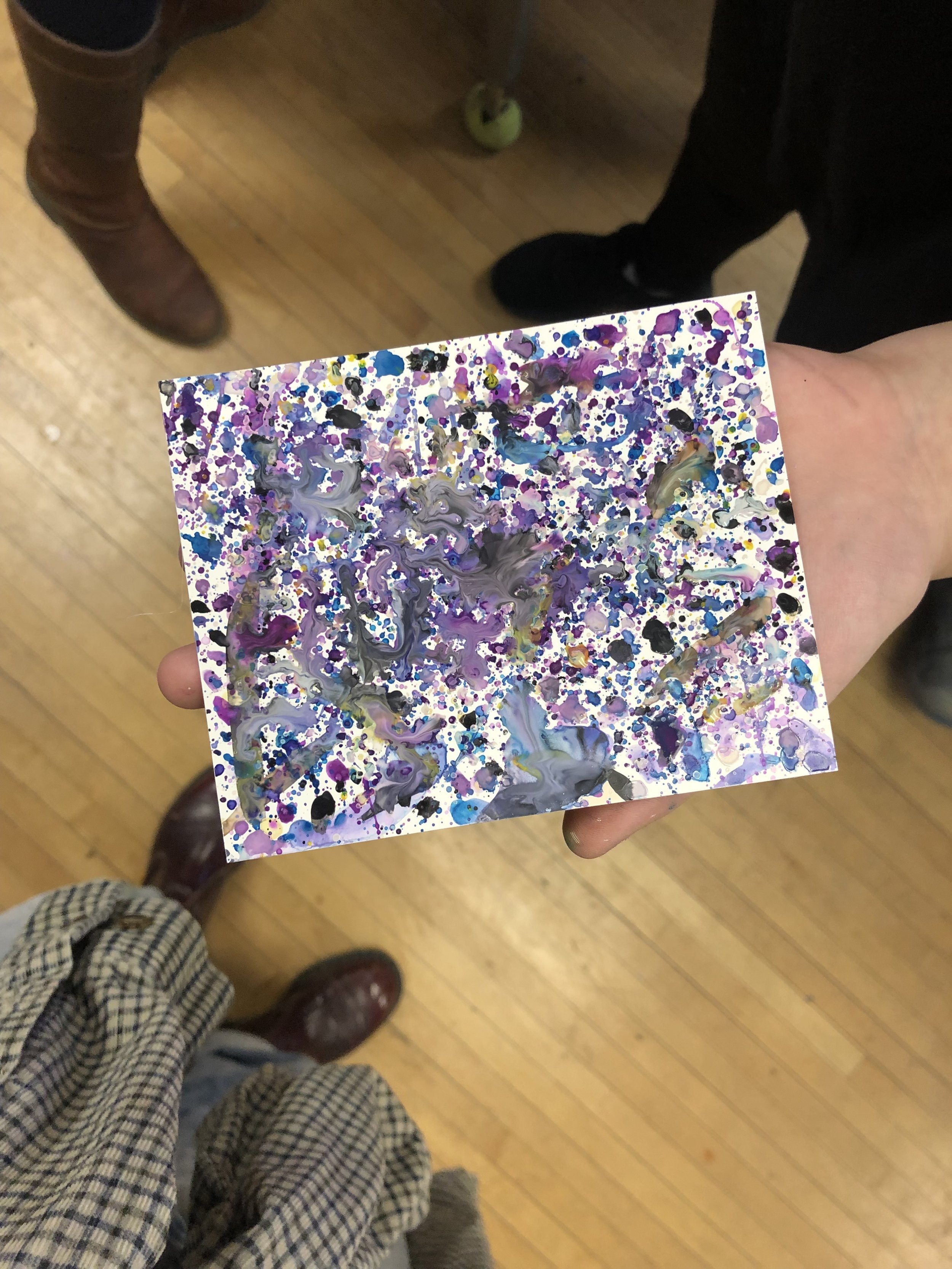Grade Level or Age of Participant: Teenagers (10th-12th grade)
Number of Students: 10-12
OVERVIEW OF PROJECT
Activity should take 15-20 minutes to complete. This is an icebreaker/grounding activity to warm up before shifting attention to major projects. Participants and facilitator will be providing prompts in order to guide this drawing activity. The prompts will be based on the different bodily parts of a character as well as using other words (adjectives, nouns, verbs) to describe the character and scene.
Everyone will be creating their own separate drawing using the same prompts given during the duration of the activity. Drawings from the group are not revealed until the end of the activity.
“BIG IDEAS”/ ESSENTIAL QUESTION(S)
Through drawing the characters, learners are building visual interpretation skills.
Through drawing, group will be able to get to know each others.
Adjective to use to inspire drawing (each students will choose adjective):
They will be choosing the adjective of “How would you describe your week?” OR “How are you feeling about the project they are working on?”
Spiky / Squiggly / Soft / tangle
“How did AAAA thought about spiky? What do you think AAAA was thinking? ”
STUDENT OUTCOME OBJECTIVES
Students will:
1. Be able to create their own characters by collaborating with words that has provided from the others.
2. Listen to the others words and providing visual description
3. Practice interpatient of adjectives with visual components
4. Present and verbally explain their visual interpretation
PRIOR KNOWLEDGE
Students must know What adjectives are
Students should be able to interoperate Special balance on the limited size paper
Students can call out different Body parts
ASSESSMENT
Everyone would have created drawing work to show at the end of the lesson
At the presentation we can discuss the difference and similarity of each other’s work.
“What is your favorite part of your characters?”
“What is your favorite part of others characters?”
“Is there anything hard to interpreted?”
“What is the difference between your work and AAAA’s work? OR similarity?”
MATERIALS
Blank sheet of paper
Drawing utensil (Choose 1 medium)
LEARNING ACTIVITIES AND TIMING
1.Relating to Audience
Take time to explain that the activity will be short in time and that there are no right or wrong answers/outcomes. The effectiveness of the activity is dependent on interpreting the given prompts and the short duration for each prompt. -
2. Collect Materials
-Give students a couple of minutes to collect materials or ask questions about materials needed for activity.
-Check-in with students before moving on to the next step.
3. Introduction of Activity
The facilitator explains rules and prompts for the grounding activity
-I decided to give this activity the name “Doodle Buddies”
-The main idea of the activity is that we will all be drawing our own ‘doodle buddies’ using the same information/prompts (to make the prompt process easier- body parts, other descriptive words)
-The prompts are mostly based on the different body parts a character could have (head, arms, legs, etc. ) but will also be influenced by the overall chosen theme and descriptions from group members
-I will be assigning the first part of the prompt (body parts) to the group members as they are chosen to contribute, then they will provide more specific details about said body part.
-I will start off to demonstrate the flow of the activity and also keep a timer to move the activity along
4. Questions
- Take time to answer any final pending questions about the “Doodle Buddies” grounding exercise.
-Suggest overall character theme
5. Begin Activity
Before beginning to draw the character’s head, ask group members if they would like to volunteer prompts or ‘popcorn’ to their peers.
-Choose character theme and write in top left corner
-Re-state that after each prompt is given, we will only have 30 seconds to complete that part of the character
-Re-state that the first part of the prompt is given by me (body parts) and the description comes second. - example: body part - arms, spooky themed - skeleton arms/bones, adjective - decayed bones, noun - chainsaws for arms, verb - flexing
-Check-in with students before moving on to the next step.
6. Prompts
- Head and neck
-Eyes/eyebrows
-Nose
-Mouth
-Ears
-Hair/hair accessories
-Body - include clothing
-Arms
-Legs - include clothing
-Feet/shoes
-Additional accessories - maybe bag or jewelry
-Pet/companion
-Background
-Name of character - Could also collectively create a name with the group instead of assigning one person
7. Final Product Reveal
After everyone in the group has contributed to the prompts, the facilitator will show their final drawing and name their favorite characteristic that their character was given. Discuss with the group about how their doodle buddy turned out.
(7 min) Share out time
- Show facilitator’s drawing as a sample and talk about “My character name is BBB and I name them that because ________ “ This is the way we can introduce the characters to each others.
- invite next speaker by asking “Did anyone found something similar to my character, come forward and introduce your character ☺”
- Keep going around till everyone introduce and talk about their character!
(1 min) Reflection and summary for the project “This is what I noticed doing the project with you”
Learned about each other a little bit from this project
Made visual interpretation from the language
We made collaboration through sharing words
All of our interpretations are different
Respecting each other’s differences and artistic choices.


